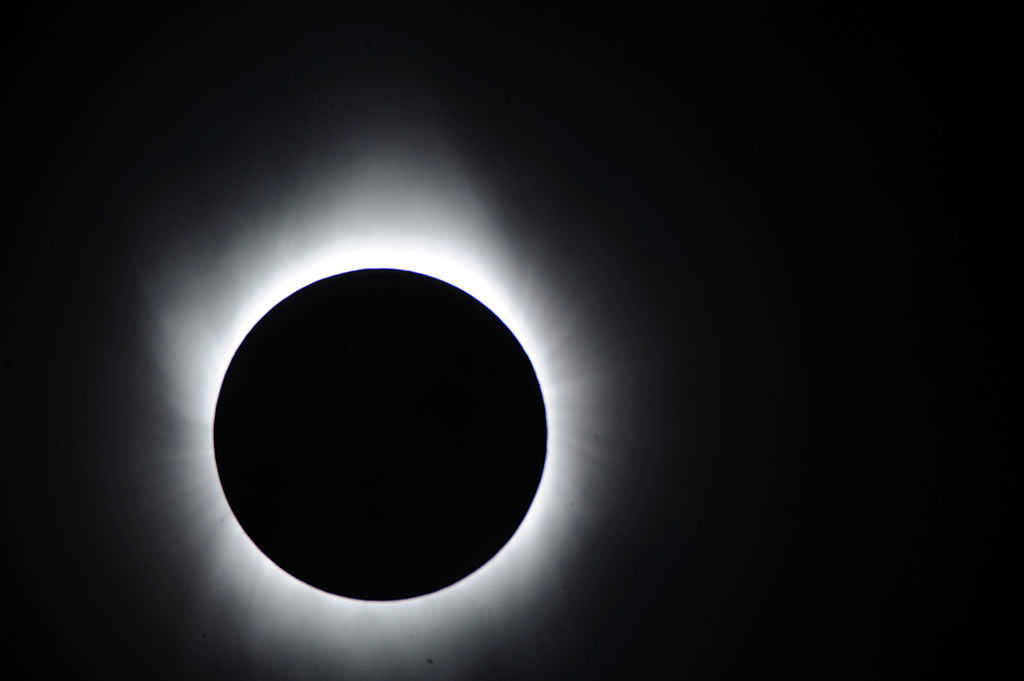The country is gearing up for the upcoming historical eclipse, and, with the magic of smartphone technology, many are hoping to be able to capture it.
READ: Is the Coming Total Solar Eclipse a Prophetic, End Times Warning From God?
A solar eclipse is pretty powerful, however, and as Fox News pointed out, trying to take a picture could damage your phone, if it’s not done correctly.
With help from NASA and the Carnegie Science Center, Fox provided some tips about seeing and catching the eclipse. The tips range from the simple and common sense, to the random and weird, to the complex.
The solar eclipse is expected to last for a few short minutes, with longer ones still lasting only about seven minutes.
It might sound obvious to “Be Prepared,” but practice shots are a good idea, even crucial. Again, the eclipse will only last a few short minutes. These shots could include photographing the exact spot after the sun goes down, and taking shots of the full moon as well. NASA also warns not to let a smartphone focus the image correctly with auto focus, but to go with a manual focus.
When it comes to capturing the actual solar eclipse, a solar lens is recommended, and should only be taken off during the totality. As NASA explained:
It is a good idea to set up your smartphone on a tripod or one of those wrap-around mountings so that you can fix the angle of the shot before the eclipse starts.
The weird and random tips come in for those in the path of a partial solar eclipse. NASA warns against taking the kind of pictures above, due to safety concerns.
Mike Hennessy, manager at the Carnegie Science Center Planetarium, still has some creative ideas, however.
One ideas is to make a pinhole and viewing hole at one end of a cereal box to see the forming crescent shape. Hennessy recommends to “take your phone and point it into your pinhole projector and take an image of that projection you made of the partial solar eclipse.”
Another suggestion, using the same pinhole idea, is with a postcard, with the crescent shape visible on a blank sheet of paper to photograph.
Even common kitchen items can come in handy, like a colander. The light which enters the holes of the colander can likewise appear on the piece of paper to photograph.
For those not in the path of the eclipse, NASA will be doing a stream online. Even for those who are in the right region, it might be worth going online if it’s too cloudy out, which could affect seeing the eclipse.


